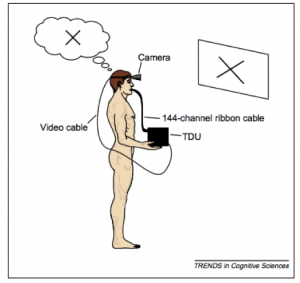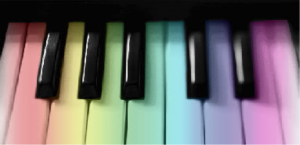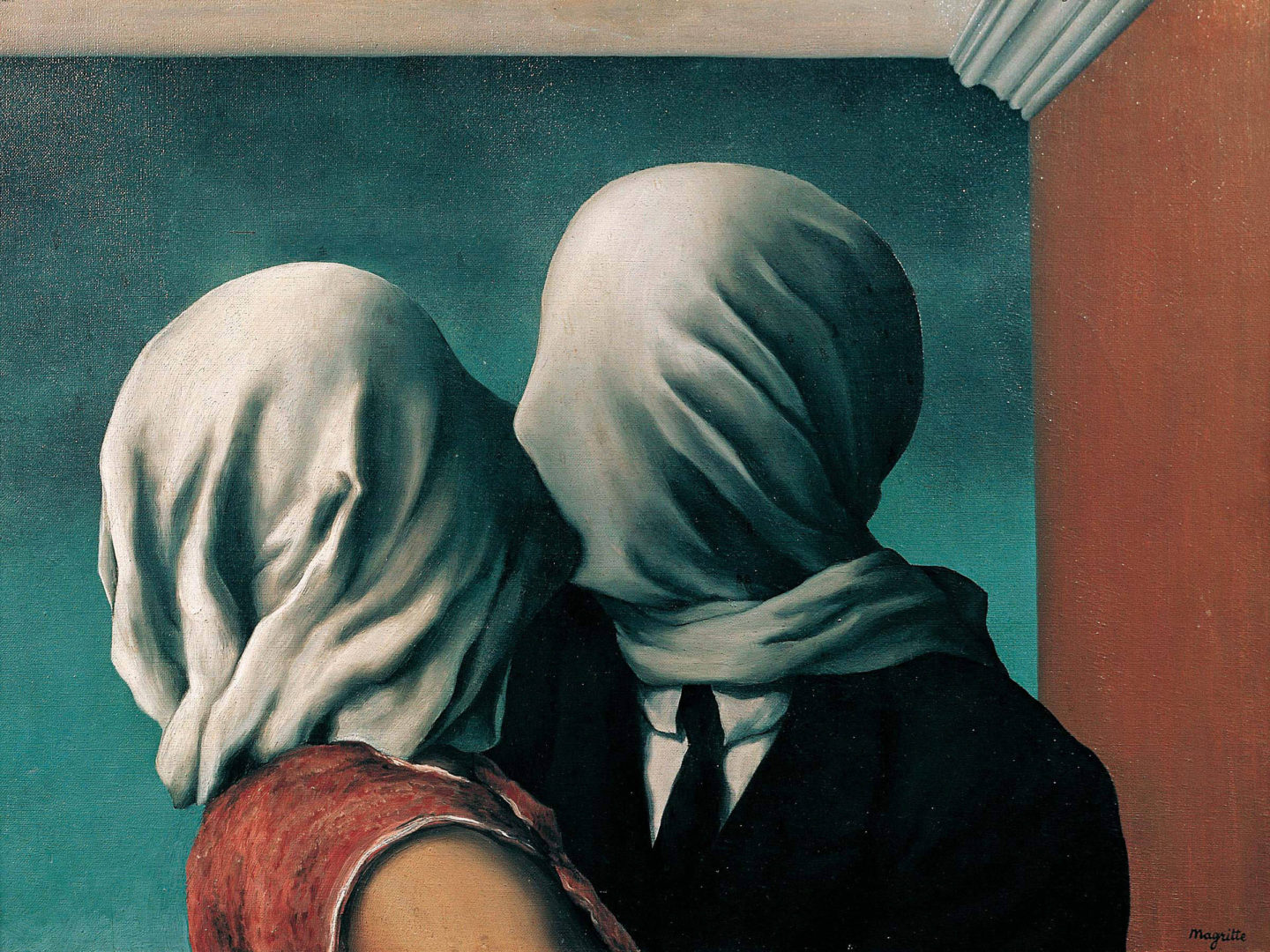This is my third entry on mental imagery, this time on the role of multimodal mental imagery.
Mental imagery: Perceptual processing that is not triggered by corresponding sensory stimulation in the relevant sense modality.
Three kinds of (say, visual) perceptual processing:
- Triggered by corresponding sensory stimulation in the relevant (i.e., visual) sense modality. à sensory stimulation-driven perception
- Not triggered by corresponding sensory stimulation in the relevant (i.e., visual) sense modality. à mental imagery
- Triggered by corresponding sensory stimulation in another (e.g., auditory) sense modality. à multimodal mental imagery

Multisensory events/entities: events/entities we can encounter by means of more than one sense modality. Almost all we see are multisensory!!!
We rarely encounter a multisensory event/entity by means of all the relevant sense modalities. But then how do we represent those features of them that we do not get sensory stimulation from?
By means of multimodal mental imagery.
So: multimodal mental imagery is also a constitutive feature of (almost) all perception.
Applications:
Perception by sensory substitution. The blind can ‘see’ by ‘touch’.

Big philosophical debate: Is it vision? Is it touch?
My answer: neither: multimodal mental imagery: visual (V1) perceptual processing not triggered by corresponding visual sensory stimulation (the subjects are blind) but by corresponding tactile sensory stimulation.
Synesthesia:

Also multimodal mental imagery: visual perceptual processing (say, of the color green) not triggered by corresponding visual sensory stimulation (there is nothing green in front of the subject) but by ‘corresponding’ sensory stimulation in the auditory sense modality (the note of high C, for example).
Difference between standard cases of multimodal mental imagery: the concept of ‘correspondence’ – not stable ‘correspondence between the color green and high C.

